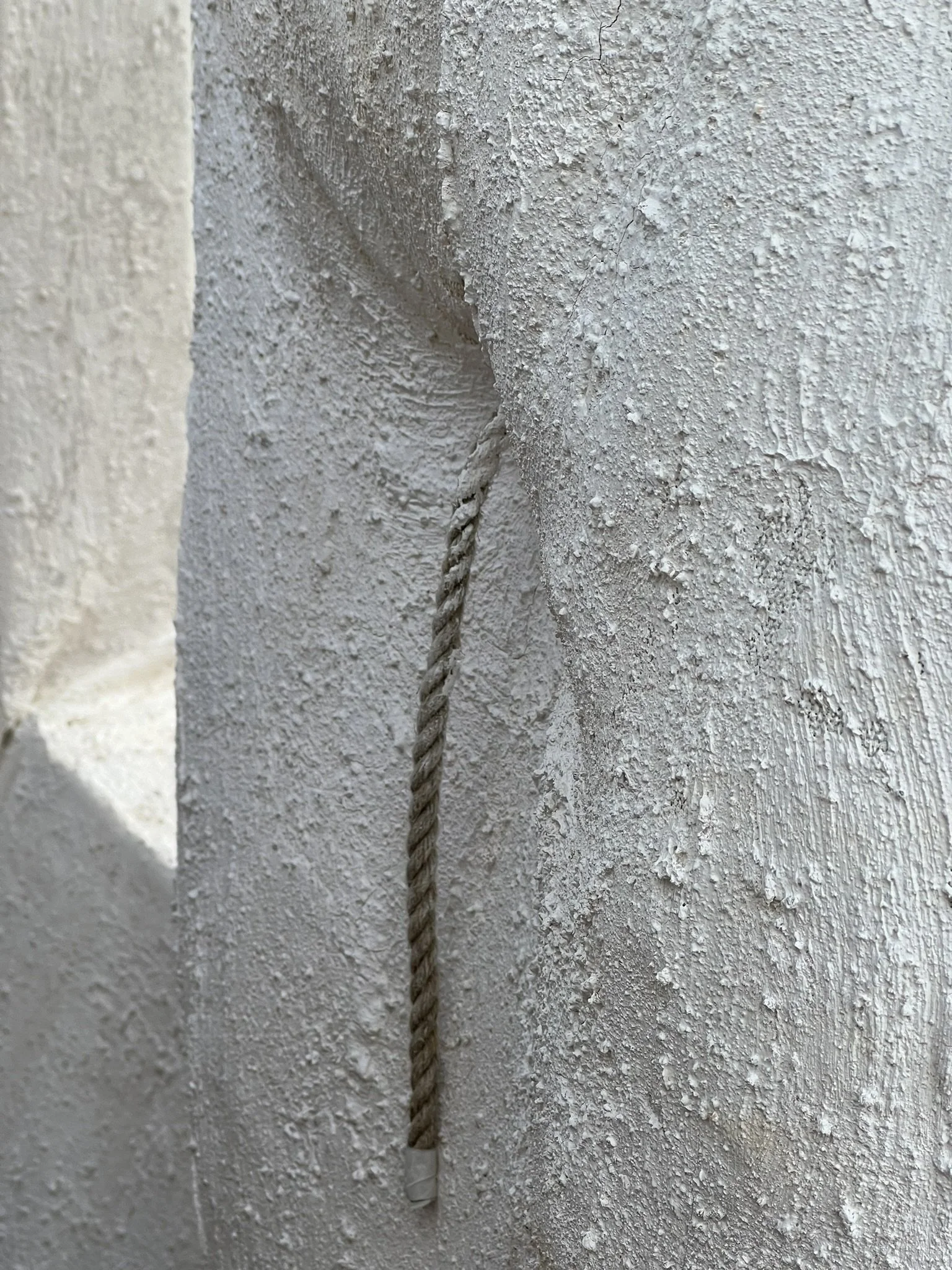milk made
Milk Made / Mobile Milking Unit
Princeton School of Architecture / Graduate Architecture Studio / Spring 2023 / Mentor: Juergen Mayer
Milk is perhaps the most embodied and intimate of materials. Secreted from the mammary glands of mammals, it is the first substance to reach the lips of hot-blooded infants of many species. The newborn, externalized and harshly divided from its mother’s body, remains linked and latched through her material traces, and the essential nutrients and immunities that milk provides.
Milk-Made seeks to locate the exchange of farmer and animal not within the manmade environment, but returning the process to the field. Transporting the milking mechanism within a purposefully precarious, tent-like structure, the animal is given agency in the process -- to engage, produce, or destroy. The calf meanwhile is allowed to nurse from the structure itself, undoing the process of milking and positioning architecture as a maternal presence. As the tanks fill, the shade structure folds away, communicating the end of engagement in a language the herd can understand.
Casein protein is easily extracted from milk, and can be rendered alongside the fat. As the fat is churned into butter, Casein can be quickly transformed into plastic, in a process which became common during the milk surplus of the early 20th century, but which fell out of favor with the rise of cheaper oil-based plastics. Milk’s comparative extraction can, under the right conditions, be a much gentler process, enacting a conversion from earth, to mouth, to breast, to material, and I propose, to building, and back to earth. Created within the constraints of a small farm, casein plastic’s transformation and utilization resists industrial commodification, enabling the self-reliance of small farms and the de-industrialization of milk production, one operation at a time.





















































